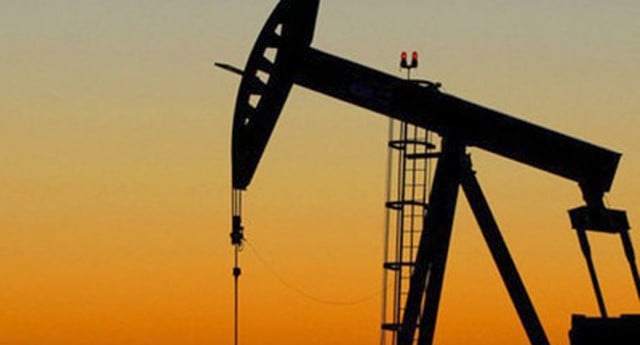
US oil and gas shares and drilling activity are edging higher, but a disastrous year for the energy industry means the go-go days of the shale boom may be gone for good.
Deep spending cuts that came with the collapse in fuel demand and oil prices due to the Covid-19 pandemic have ended an era that put the US atop the ranks of world’s biggest producers. The shale industry will ring in the New Year pumping 7.44 million barrels per day (bpd), down nearly 20% from the beginning of 2020.
Shale producers were hit hard after borrowing to expand production and slashed spending and output to cut losses. Shale wells’ quick development made it the first choice at larger firms to impose cuts. Rising demand for cleaner fuels means global consumption may never return to its prior peak. As growth resumes, OPEC and allies plan to increase their output, undercutting efforts to restart some shale fields.
“We are just going to keep slogging through everything,” said JR Reger, Chief Executive of Iron Oil, a Montana oil producer, in an interview. His outlook for shale in 2021 is “stagnant.”
Company outlays next year will reach $54 billion, up slightly from 2020 but well below 2019’s $104 billion, estimates data provider IHSMarkit. Top independent shale producers Pioneer Natural Resources, Diamondback Energy and ConocoPhillips forecast output to remain flat to slightly above current levels.
Industry nadir
Until this year, “there has never been a straight week in my whole career where I haven’t had a rig drilling somewhere,” said Robert Watson, CEO at Abraxas Petroleum. This year, US oil futures turned negative for the first time as storage tanks filled, rigs hit the lowest level on record, and ExxonMobil was dropped from the Dow Jones Industrial Index of major US companies.
Energy and petrochemical firms slashed employment as oil retreated, putting 107,000 US workers out of jobs by August, according to consultancy Deloitte. Up to 70% of those jobs may not return next year, it said.
“It has been a terrible time,” said William Walla, who in March lost his job at a Texas oilfield equipment maker as orders tumbled. He has kept himself by brokering sales and lending deals. In New Mexico’s shale patch, more than 20,000 oilfield jobs disappeared, said Allen David, top executive of Eddy County.
US oil output could fall by one million barrels per day (bpd) next year, say analysts, on top of a 670,000-bpd drop this year, as production is cut and wells age.
Some smaller companies are holding output flat by turning to finishing untapped wells. These drilled-but-uncompleted wells fell to 7,330 in November, down 7% in the last 12 months to the lowest in two years, according to US government data.
“It has been a bloodbath in the sector,” added Dan Pickering, investment chief at asset managers Pickering Energy Partners. Recent gains in energy shares reflect a bounce off decade lows and will be hard to sustain.
“We haven’t seen a shift to long-only investors,” he said.
Oil bankruptcy filings climbed this year, with $53.9 billion in debt through the first 11 months, about four times that of the same period in 2019, according to law firm Haynes and Boone.
Most of the filings were from shale firms, and the pace may pick up next year, said Kraig Grahmann, the head of its energy finance practice.
Published in The Express Tribune, December 23rd, 2020.
Like Business on Facebook, follow @TribuneBiz on Twitter to stay informed and join in the conversation.



1672385156-0/Andrew-Tate-(1)1672385156-0-165x106.webp)














COMMENTS
Comments are moderated and generally will be posted if they are on-topic and not abusive.
For more information, please see our Comments FAQ